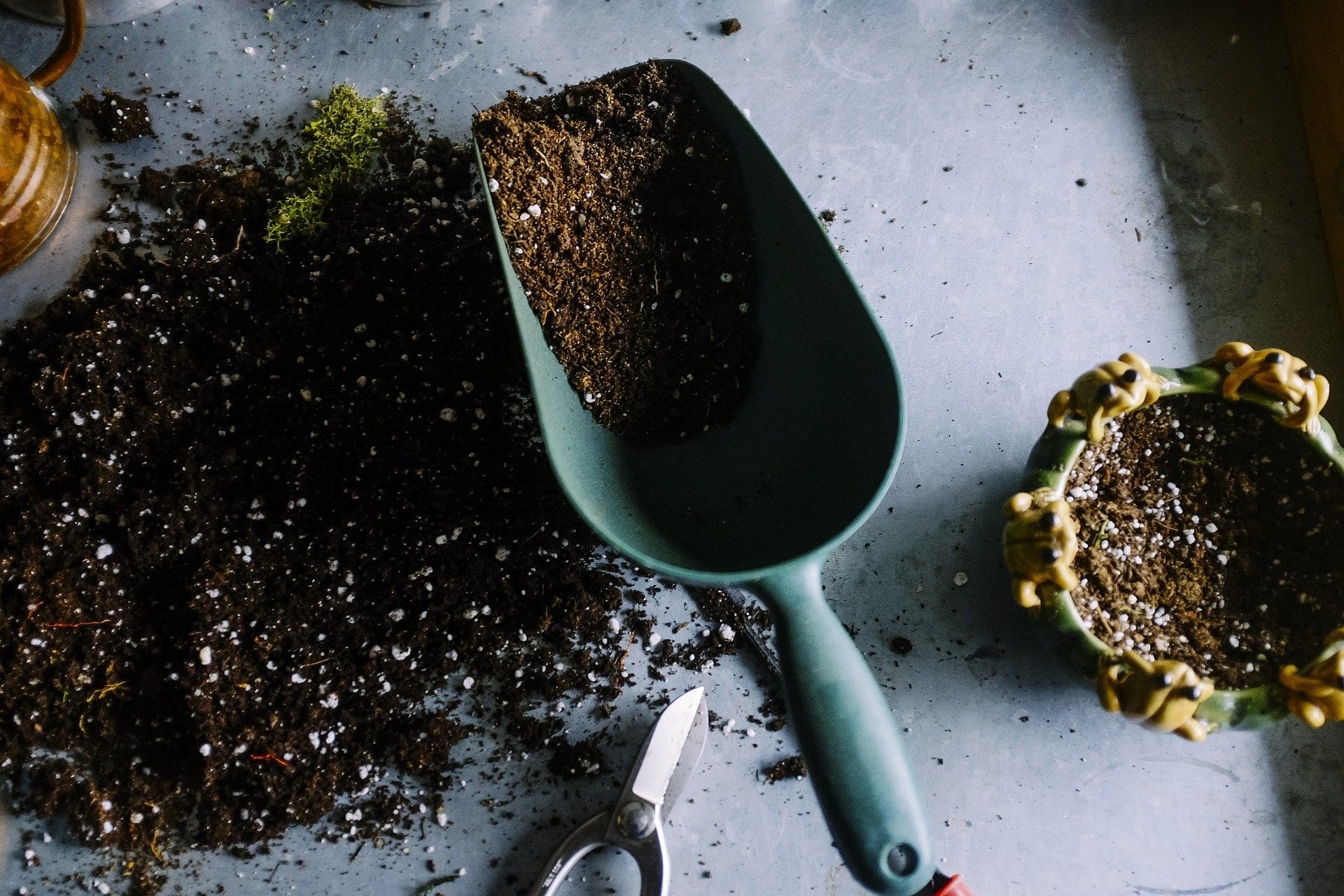While this might not seem to be something you might need, soil testing is important to know if you are building anything on your property. Soil needs to be sturdy for it to support the weight of any structure built on top of it. If the water is too wet or too dry, it could be unstable and cause you problems- even years down the road.
To do a soil test before you start construction, you need to get in contact with a California engineering and consulting firm. They have many types of tests that they can do on the soil of your property.
Navigating through the complexities of soil assessment involves more than just observing the earth beneath our feet; it’s about employing specialized techniques to unveil the intricate details that impact plant growth, foundation stability, and ecological balance. It’s not just about dirt; it’s a scientific exploration that informs land-use decisions and environmental conservation strategies. As we explore the different types of soil testing, we uncover methods such as chemical analysis, physical testing, and microbiological assessments, each providing a unique perspective on soil health. Each testing method becomes a valuable tool, offering insights that empower industries and researchers to make informed decisions for sustainable land management and environmental stewardship.
Moisture Content Test of Soil Testing
This is the test to see how much or little water there is in the soil. To support a structure, the water level needs to be an even level of water in the soil with good absorption rates. This test is often down by taking a soil sample and baking it in the oven for a day then weighing the changes.
Specific Gravity of Soil Test
This test is done to see the ratio between soil density and water density. Having a good ratio between the two will give the soil a good base for your structure. After a California soil testing company makes a mold of the soil, the water content is tested.
Dry Density Test of Soil Testing
This test the density of the soil. Soil is often loose, medium-dense, and dense. Engineers who run this test often use a core cutter to take a round slice of the soil where they will test the density of the sample.
Atterberg Limits Testing
Swedish scientist Albert Atterberg created this test to measure the liquid limit, plastic limit, and shrinkage limit in fine-grained soils. Engineers in the construction industry use this test to determine the state of the soil: solid, semi-solid, liquid, and plastic. Knowing the state of the soil is important in construction.
Read: Soil Types in Home Foundations
Apart from that, if you want to know about Why Fanless Mini PCs Are All Rage Then please visit our technology category
Navigating through the complexities of soil assessment involves more than just observing the earth beneath our feet; it’s about employing specialized techniques to unveil the intricate details that impact plant growth, foundation stability, and ecological balance. For instance, in Australia, various types of holidays islands might require specific soil tests for construction.



